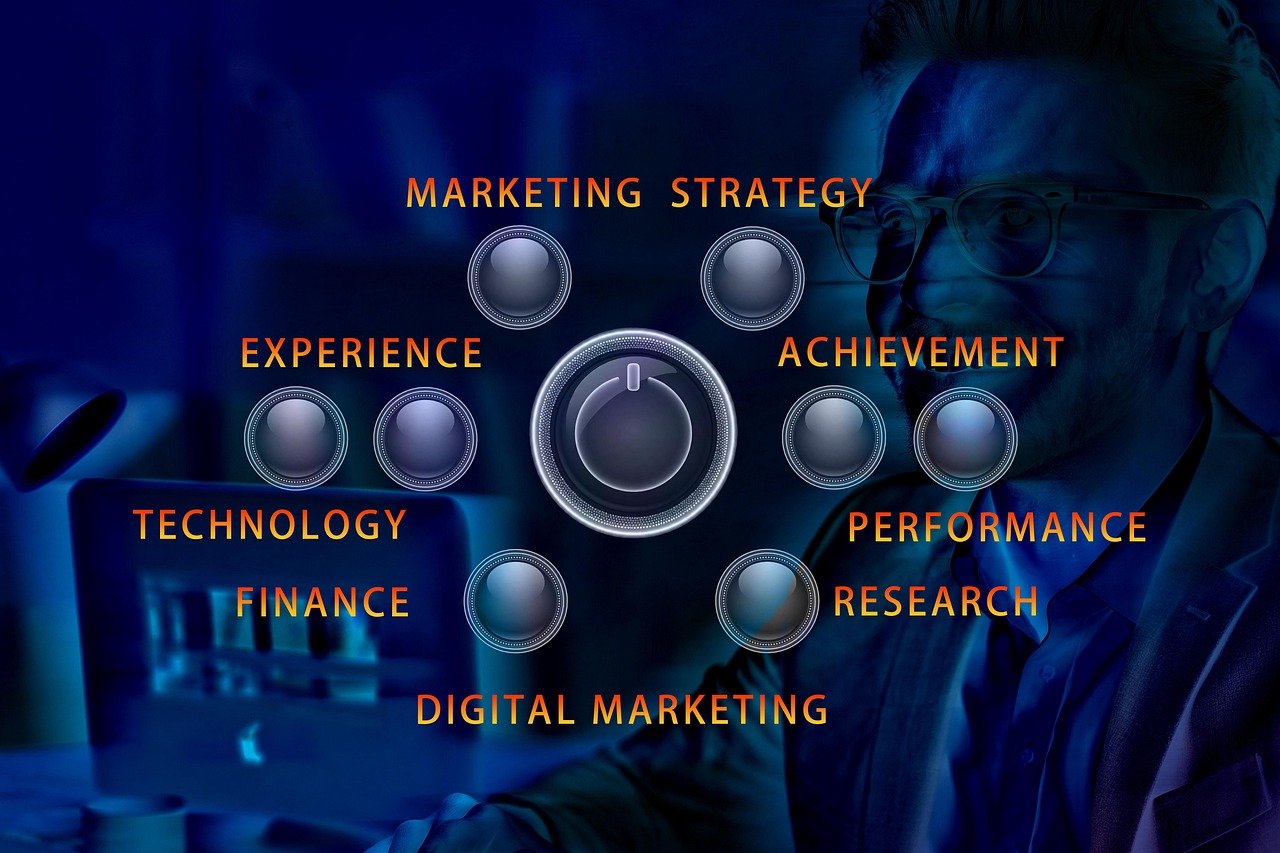
Introduction
Creating a Sustainable Affiliate Marketing Business: A Long-Term Plan for Moral Development
The affiliate marketing space has come a long way in the last decade. Previously, it was characterized by spammy strategies, content copying, and pushy promotions. Today, the terrain calls for a move toward sustainability. A sustainable affiliate business is not merely about making quick commissions—it’s about establishing trust, providing value, and creating long-term relationships with your audience. In a skeptical consumer era, sustainability is no choice; it’s the secret to a prospering affiliate career. This book explains how to establish a business that thrives ethically, economically, and indefinitely.
Why Sustainability Matters in Affiliate Marketing
The advent of ad blockers, platform algorithm refreshes, and consumer exhaustion made short-term affiliate tactics obsolete. Consumers no longer care about quick wins but about authenticity, transparency, and genuine recommendations. A 2024 study by Marketing Land observed that 78% of consumers abandon brands that are not transparent in their affiliate disclosures. Ethical affiliate marketers, conversely, get 3x repeat interaction with those who prioritize commissions over trust.
Affiliate marketing sustainability refers to:
- Long-term relationships with audiences, not one-time transactions.
- Ethical brand collaborations, not pay-for-commission schemes.
- Value-based content, not spammy promotions.
This approach reduces reliance on capricious platform algorithms, builds brand credibility, and achieves repeatable revenue streams.
Pillars of a Sustainable Affiliate Business

- Transparency as a Non-Negotiable
Disclosure of affiliate links isn’t just compliance—it’s trust. The Federal Trade Commission (FTC) mandates disclosures, but sustainable marketers do more. For example:
- Incorporate sentences like “This post contains affiliate links, and I earn a small commission if you purchase through my link (with no extra charge to you)” into your text.
- Show disclosures—don’t bury them in footers.
- Avoid bait-and-switch like “limited-time offers” for products with no actual shortage.
Transparency makes your reader an active supporter. When they trust your recommendation, they will return for more content and products.
- Question-Answering Content Instead of Sales Pages
The most successful affiliate marketers create question-answering content instead of sales pages. Instead of writing “Buy this yoga mat—it’s the best!”, write:
- In-depth comparison guides (e.g., “Yoga Mats for Beginners: 5 Affordable Options Compared”).
- Solution-oriented tutorials (e.g., “How to Fix Common Posture Issues with the Proper Gear”).
- Honest reviews (e.g., “After 6 Months of Using This Fitness Tracker, Here’s What I Discovered”).
This strategy positions you as an expert, not a salesperson. Your audience reads your material because it helps them, and they’re more likely to believe your recommendations.
- Ethical Brand Partnerships
Not all affiliate programs are created equal. Seasoned marketers demand partnerships that align with the morals of their followers. For instance:
- A veganism lifestyle blogger should only endorse animal-free skin care products, not mass-produced products of dubious integrity.
- A budget-conscious finance blog should collaborate with open, low-fee financial software—not high-commission plans that rip off customers.
Apply a values checklist when considering brands:
- Do they possess a public sustainability or ethics strategy?
- Do their products remedy genuine issues for your users?
- Are their customer support expectations in line with yours?
- Diversification Beyond One-Platform
A single income source (e.g., Google SEO or Instagram) is risky. Long-term affiliates build a succession of income streams:
- Owned audiences: Build an email list (e.g., from lead magnets like “5 Free Budget Travel Planning Templates”).
- Multi-channel content: Converting guides into videos, podcasts, and social snippets.
- Evergreen content: Creating timeless resources (e.g., “Ultimate Guide to Home Workspaces for Remote Workers”) to drive consistent traffic.
Diversification keeps your company alive during algorithm changes or platform policy updates.
- People-Focused Engagement
Sustainability is not just content—people. Build a community by:
- Conducting live Q&A sessions (e.g., “Ask Me Anything About Sustainable Fashion”).
- Creating exclusive groups (e.g., a Facebook group for your fitness community).
- Responding to every comment and email with valuable input.
A community makes customers brand evangelists. For example, a travel blogger writing user-generated articles (e.g., “Reader’s Tips for Packing Light”) builds stronger loyalty than someone writing only product link posts.
Avoiding Common Mistakes
Over-Promotion
Including affiliate links in every other sentence erodes trust. Keep the links between 3–5 per post (or 1 per 500 words) and let each link serve a definite purpose.
Disregarding Audience Feedback
Sustainable marketers openly seek feedback: “What should I talk about next?” or “Which product did you find most useful?” This keeps content on point and audience-oriented.
Riding Trends Rather Than Values
Falling into trending viral gimmicks (e.g., marketing a TikTok-viral product without trial) results in short-term windfalls but long-term distrust. Always put audience necessity above trends.
Tracking Success Beyond Commissions
Sustainable affiliates measure metrics that indicate long-term health, not short-term sales:
MetricWhy It MattersEmail list growth rateIndicates audience trust and engagement.Time on pageShows content relevance (e.g., >3 minutes = high value).Social shares/commentsMeasures community engagement.Repeat trafficProves content remains useful over time.
For example, if your blog’s average session duration increases by 20% while commissions stay flat, you’re building a stronger foundation for future growth.
Practical Steps to Start Today

- Scan over your current content: Find those with excessive links or vague referrals. Rewrite them in value terms first.
- Add a disclaimer message in the footer of your site: “All suggestions are from my real life. I only partner with brands I trust.”
- Join one legitimate affiliate program (e.g., ShareASale’s “Sustainable Brands” directory) and focus on 2–3 products you actually use.
- Build a lead magnet (e.g., a free checklist) to grow your email list. Email marketing is 3x more effective at converting compared to social media for affiliate offers.
- Engage with your audience in one community (e.g., reply to 10 comments daily on your blog).
The Long-Term Payoff
A sustainable affiliate business is like planting a tree: it takes time to grow, but the roots run deep. While a quick-sale strategy might generate $500 in a month, a sustainable approach can yield $5,000/month within 18 months—without the burnout of constant content churn.
Consider the case of EcoWise Living, a sustainability blogger who shifted from promoting generic eco-products to focusing on verified B Corp brands. Within a year:
- Mailing list grew by 200%.
- Affiliate earnings were 150% more due to increased trust.
- Brand collaborations grew as businesses searched for authentic promoters.
Conclusion
Sustainable affiliate marketing is not slowing down—it’s smarter working. By maintaining your strategy as open, useful, and community-focused, you create a business that adapts to industry change and stays true to your audience. Instead of a shortcut, sustainability requires time, but the rewards—financial stability, loyal readers, and a reputation for integrity—are worth it in today’s noisy digital world.
Start small: audit one piece of content, add a transparency note, and engage with one reader today. In six months, you’ll have a foundation that outlasts trends, algorithms, and the noise of the affiliate marketing world. That’s not just a business—it’s a legacy.